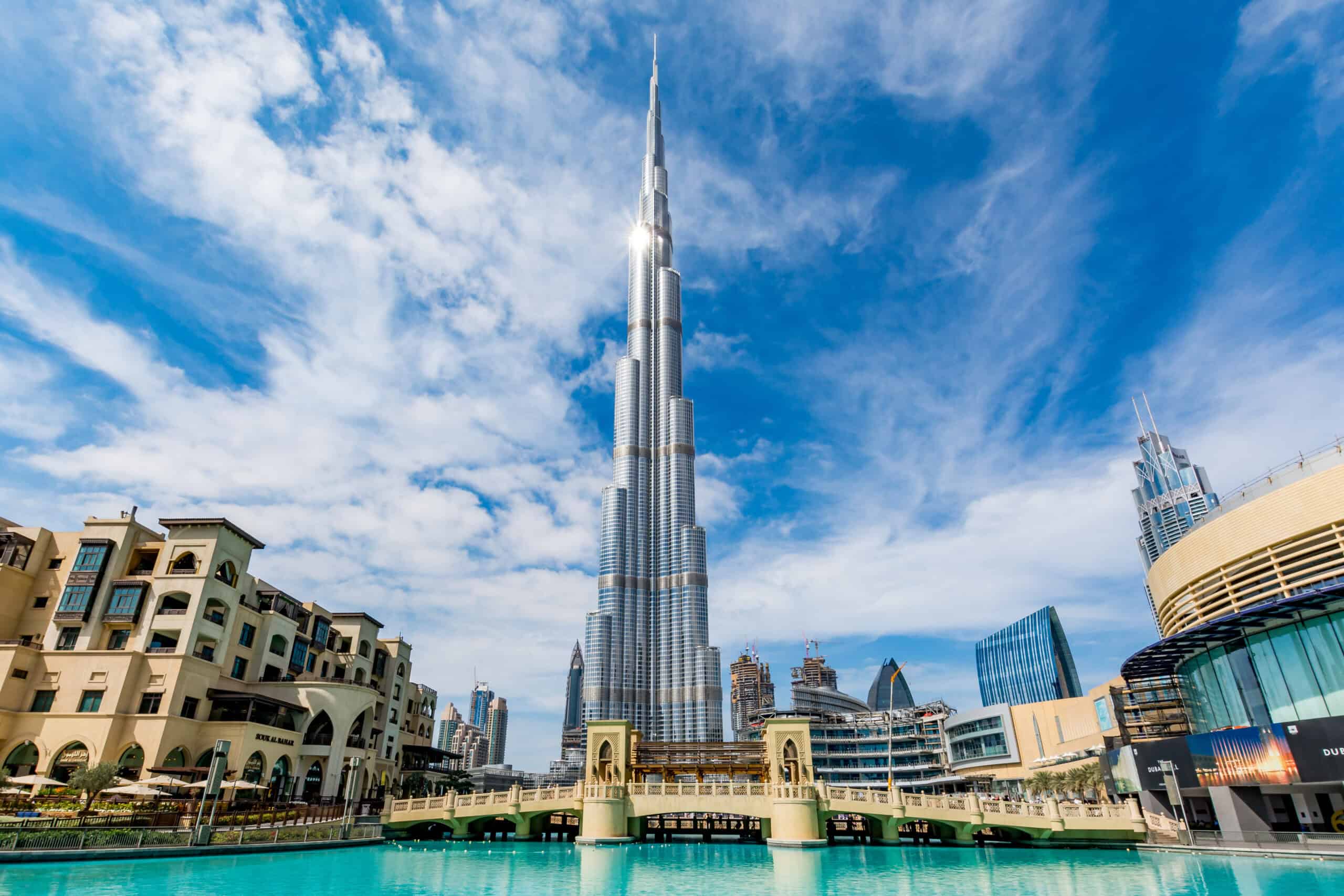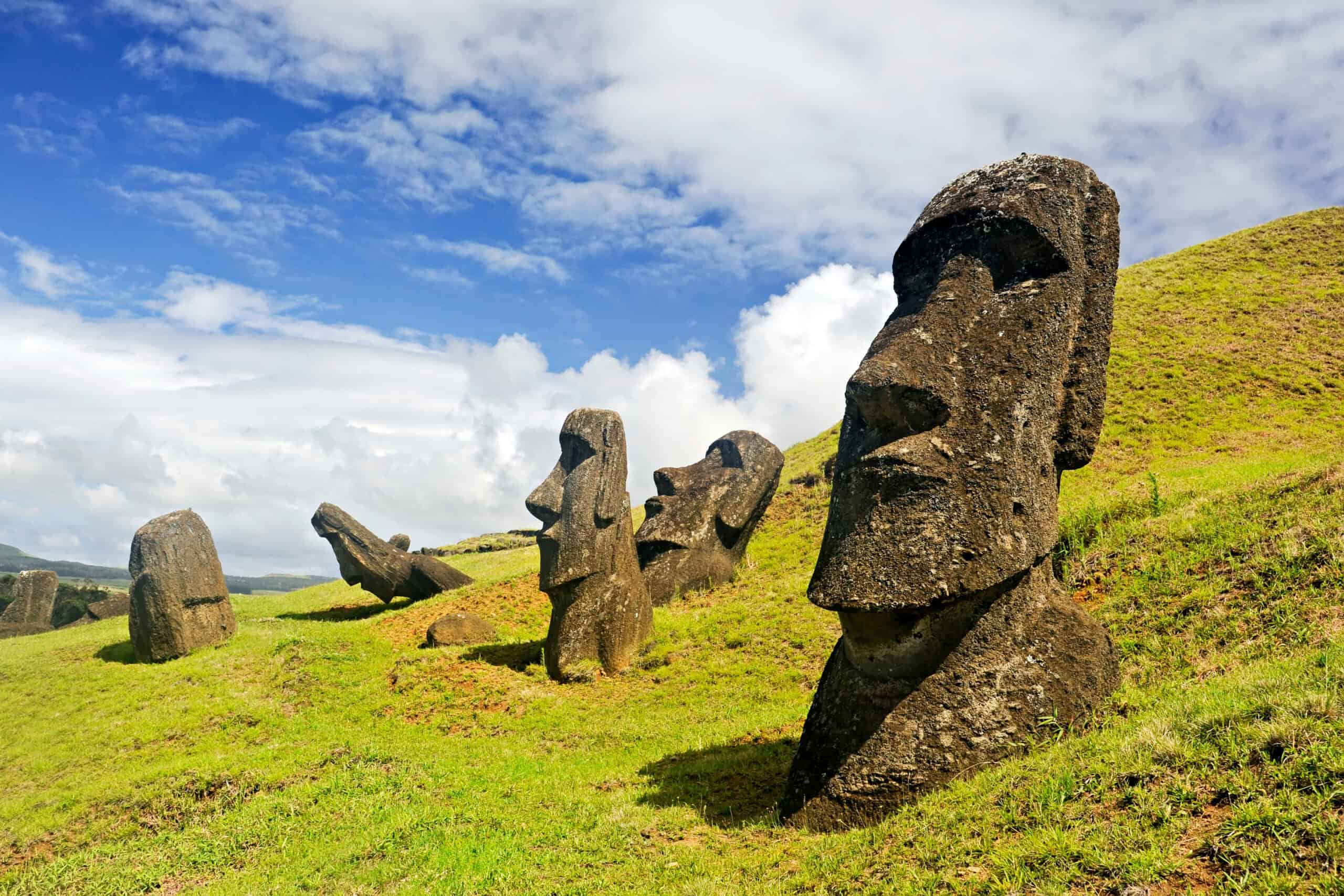In the far reaches of our planet, there are species so rare and elusive that they seem almost mythical. These creatures, often residing in the most remote and hidden corners of the Earth, are also some of the most endangered. From the depths of the ocean to the dense tropical forests, their survival hangs by a thread, threatened by habitat loss, poaching, and human encroachment. This list highlights 15 of the most endangered species that, despite their critical status, continue to inspire hope and conservation efforts worldwide. Each one plays a unique role in its ecosystem, making their preservation vital for maintaining the balance of nature.
Vaquita Porpoise
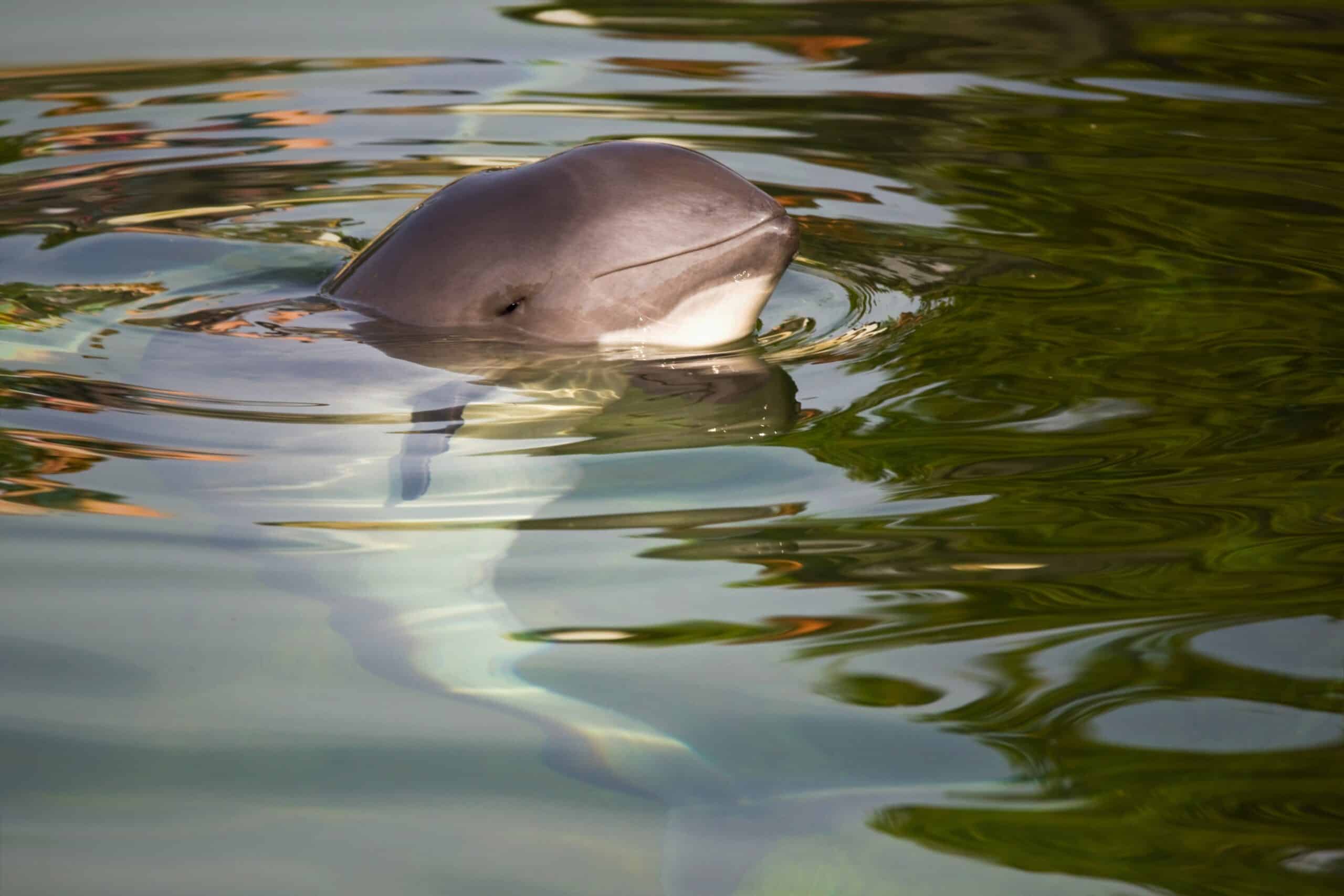
The Vaquita Porpoise is the most endangered marine mammal in the world, residing in the northern Gulf of California, Mexico. With fewer than 20 individuals left, the Vaquita faces imminent extinction due to entanglement in illegal gillnets targeting another endangered species, the totoaba fish, whose swim bladder is highly valued in black markets. The Vaquita’s decline is further exacerbated by habitat degradation and pollution in its limited range. These small porpoises, known for their shy nature and distinctive dark rings around their eyes and lips, are critically important to the marine ecosystem, serving as indicators of the health of the Gulf of California. Conservation efforts have struggled to keep pace with the rapid decline in numbers, with international efforts to ban gillnets and enforce regulations often met with resistance. The situation is so dire that if immediate and effective conservation actions are not taken, the Vaquita could become extinct within the next few years, making it a symbol of the broader marine conservation crisis.
Javan Rhino
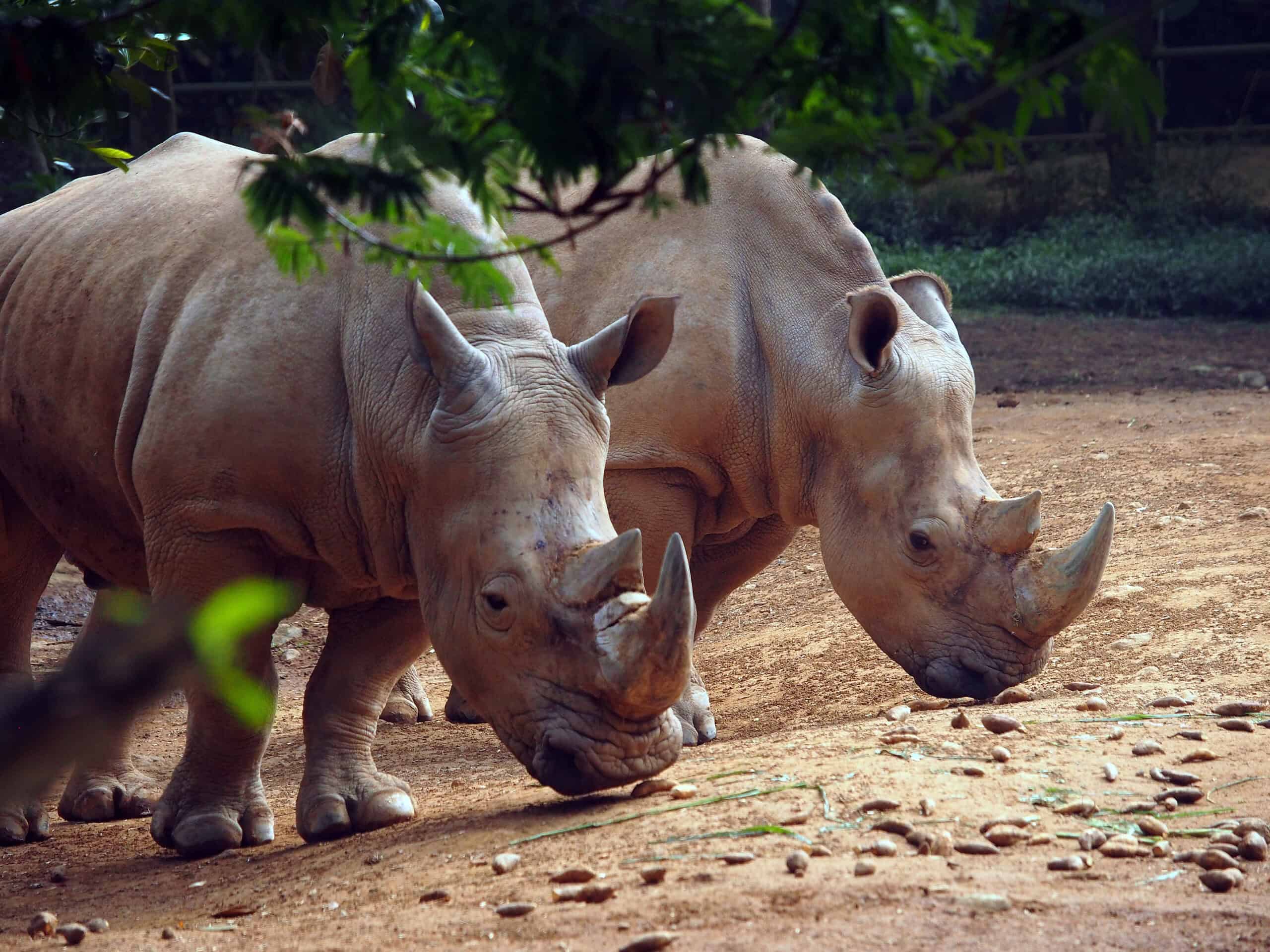
The Javan Rhino is one of the world’s most endangered large mammals, with fewer than 75 individuals remaining in the wild. These rhinos are now confined to Ujung Kulon National Park in Indonesia, a UNESCO World Heritage site that serves as their last refuge. Historically, Javan Rhinos were widespread across Southeast Asia, but their numbers have plummeted due to poaching for their horns, which are highly prized in traditional medicine, and significant habitat loss. The rhinos are also threatened by the invasive Arenga palm, which depletes their food sources. The small population size makes them highly vulnerable to natural disasters, diseases, and potential inbreeding. Efforts to conserve the Javan Rhino include habitat restoration, anti-poaching patrols, and plans to establish a second population in another part of their historic range to reduce the risk of extinction. However, the challenges remain steep, and the species’ survival hinges on the sustained and concerted efforts of conservationists and local authorities.
Amur Leopard
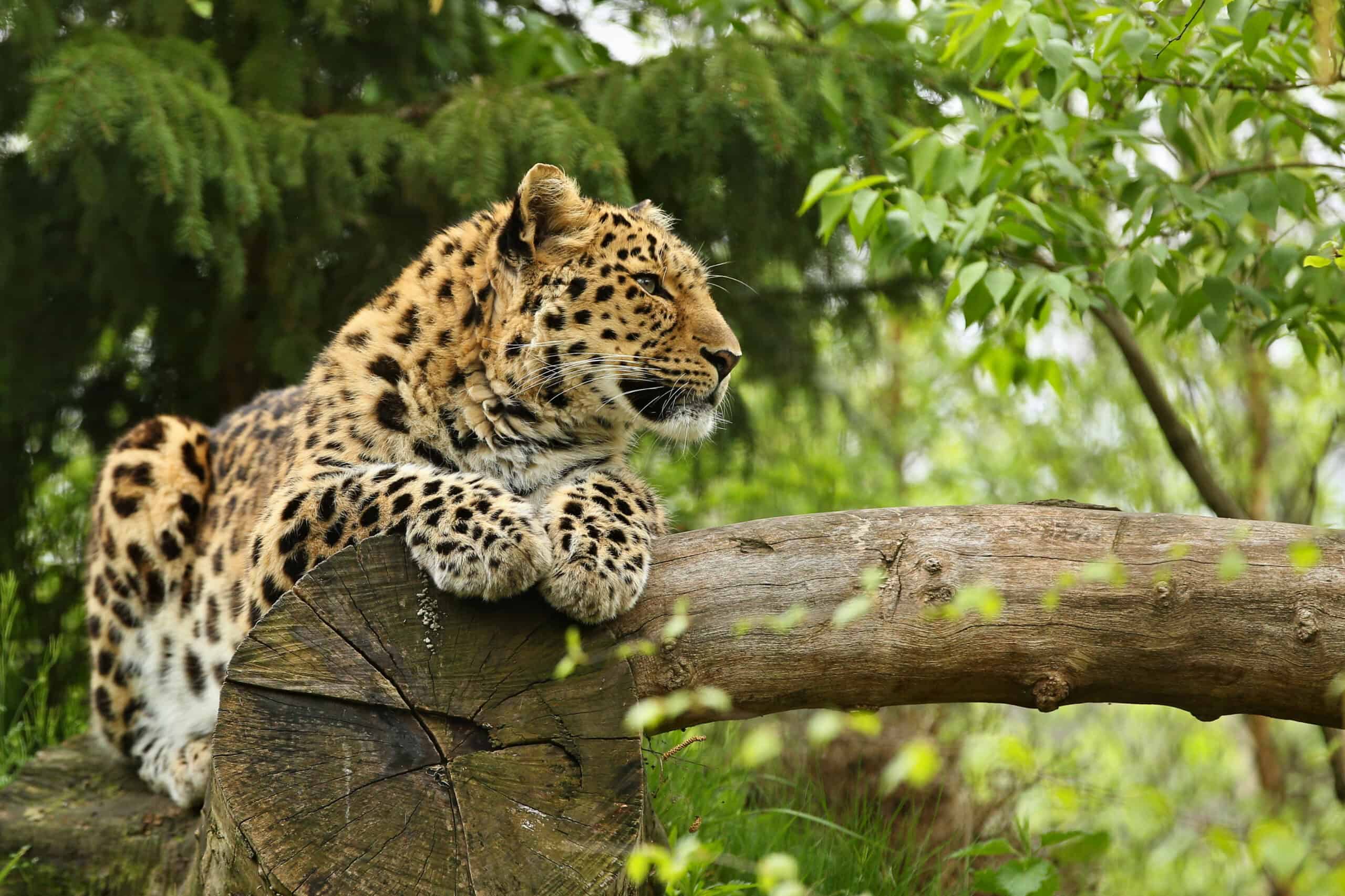
The Amur Leopard, native to the temperate forests of the Russian Far East and Northeastern China, is one of the rarest big cats on the planet. With only about 100 individuals left in the wild, this critically endangered species faces numerous threats, including habitat loss due to logging and human encroachment, poaching for their stunning fur, and a declining prey base. Unlike other leopards, Amur Leopards are adapted to survive in harsh, snowy climates, making them unique among the big cats. Conservation efforts have been somewhat successful, with about 75% of their remaining habitat now protected, allowing for a slow but steady increase in their population. However, the small population remains at risk from genetic bottlenecks, disease, and human-wildlife conflict. The Amur Leopard’s plight underscores the broader challenges facing large predators in fragmented and degraded habitats, where human activities continue to encroach upon their last strongholds.
Red Wolf
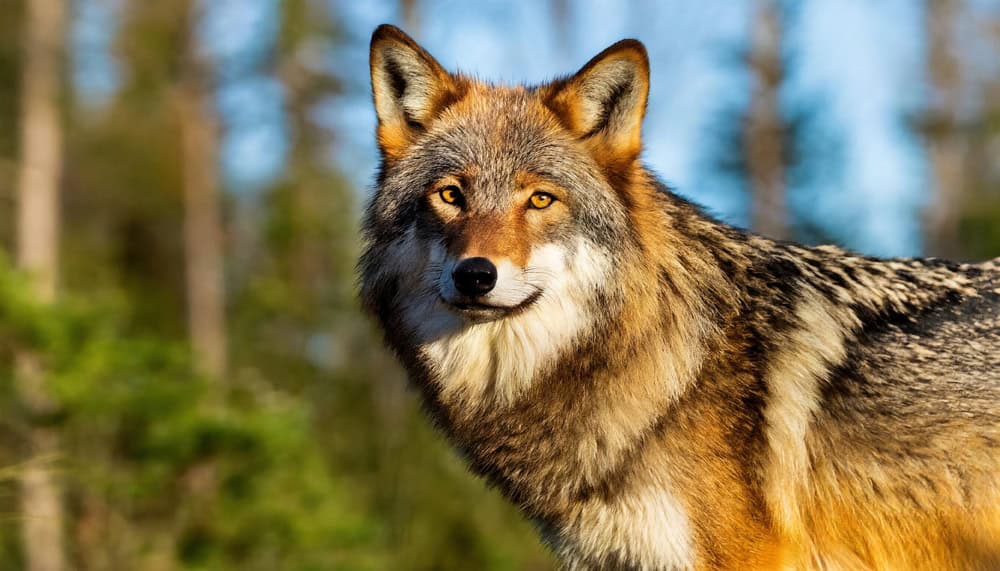
The Red Wolf, once widespread across the southeastern United States, is now one of the most endangered canids in the world, with fewer than 20 individuals left in the wild. These wolves are only found in a small area of northeastern North Carolina, where they face significant threats from habitat loss, vehicle collisions, and illegal poaching. Red Wolves play a crucial role in their ecosystem by helping to control populations of prey species like deer, which can otherwise grow unchecked and cause ecological imbalances. Despite extensive conservation efforts, including captive breeding and reintroduction programs, the Red Wolf remains critically endangered. The species has been the focus of legal battles aimed at securing stronger protections and preserving their dwindling habitat. Without continued and enhanced conservation actions, the Red Wolf may become extinct in the wild, representing a significant loss of North America’s natural heritage.
Kakapo Parrot

The Kakapo Parrot, native to New Zealand, is a nocturnal, flightless bird and one of the most endangered parrots in the world, with fewer than 250 individuals remaining. This unique bird, which can live up to 90 years, has suffered dramatic population declines due to habitat destruction and predation by introduced species such as rats, stoats, and cats. The Kakapo’s unusual breeding habits, which are tied to the fruiting cycle of the rimu tree, also contribute to its vulnerability. Conservation efforts, including the establishment of predator-free sanctuaries and intensive management of the remaining population, have helped stabilize the species, but its survival remains precarious. The Kakapo’s plight highlights the challenges faced by species that have evolved in isolation and are ill-equipped to cope with the pressures of modern human activities and introduced predators.
Ploughshare Tortoise
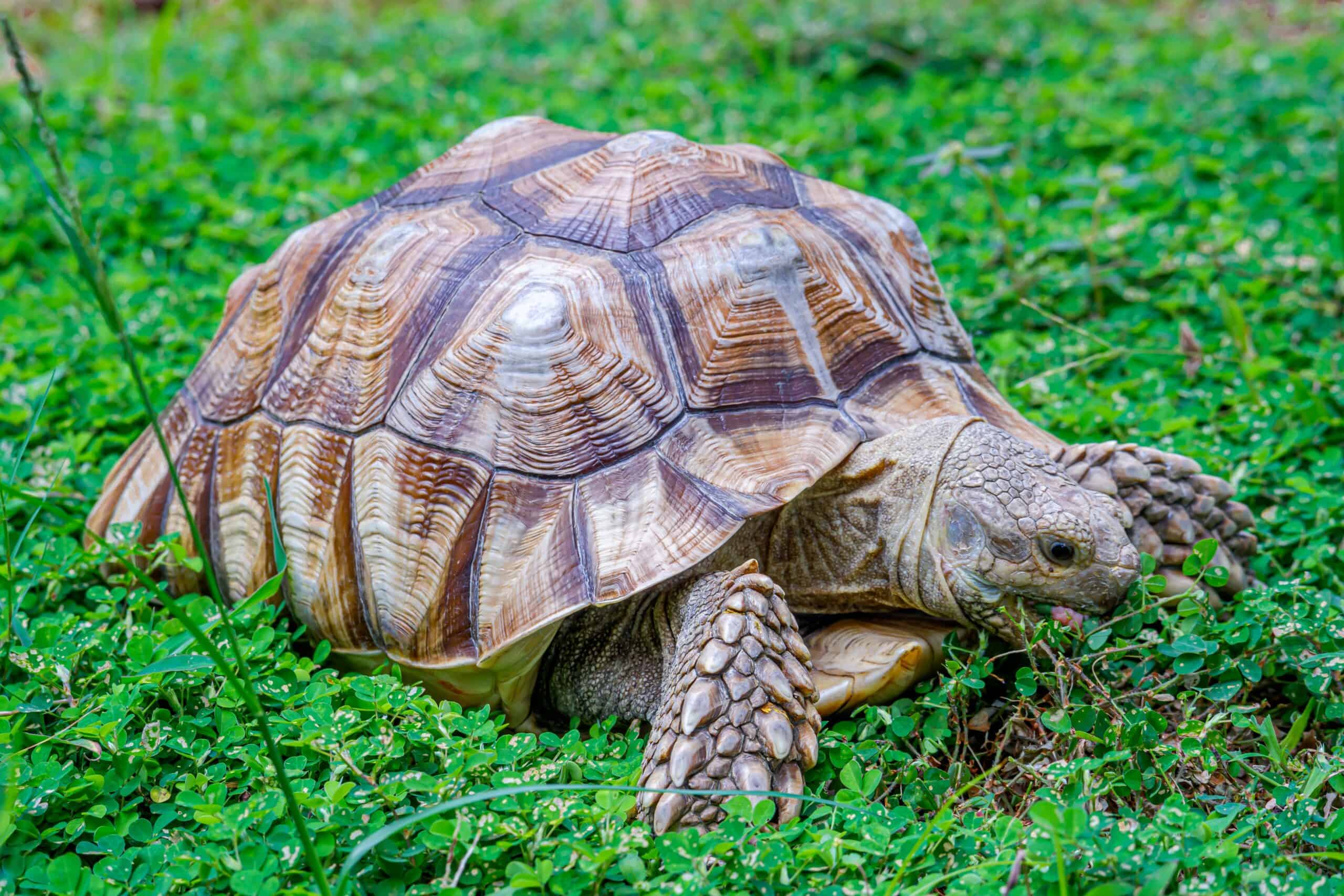
The Ploughshare Tortoise, also known as the Angonoka Tortoise, is a critically endangered species native to Madagascar, with fewer than 500 individuals remaining in the wild. This tortoise is named for the distinctive plow-shaped front of its shell, which makes it highly sought after in the illegal pet trade. Habitat destruction due to agricultural expansion and the illegal collection of these tortoises for the international pet market are the primary threats to their survival. The slow reproductive rate of the Ploughshare Tortoise further exacerbates its risk of extinction. Conservation efforts include habitat protection, captive breeding, and reintroduction programs, as well as initiatives to combat illegal trafficking. Despite these efforts, the species remains on the brink of extinction, and its future depends on continued international cooperation to address the illegal trade and protect its remaining habitat.
Hirola Antelope
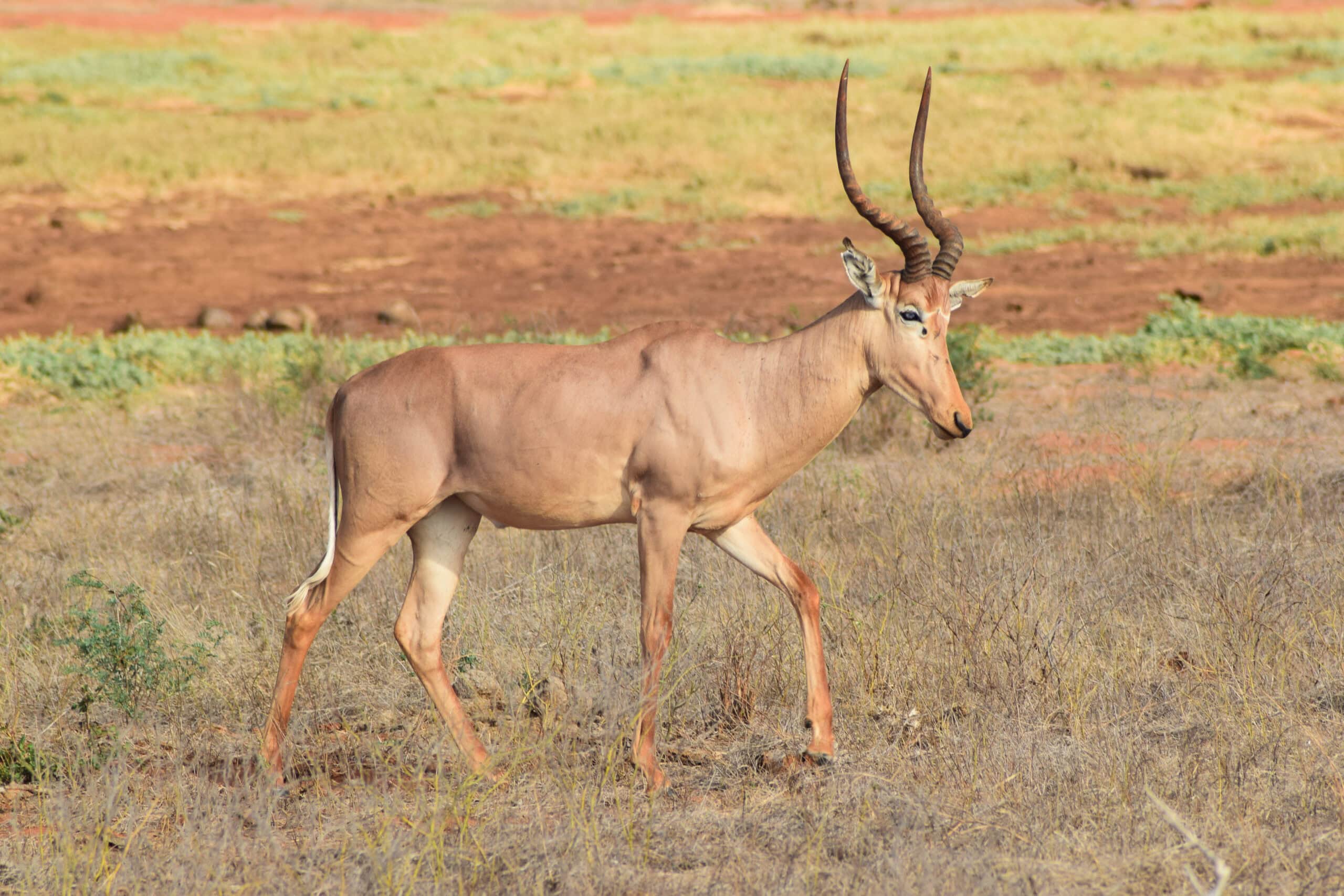
The Hirola Antelope, often referred to as the “world’s rarest antelope,” is critically endangered, with an estimated population of fewer than 500 individuals. Native to the border region between Kenya and Somalia, the Hirola has suffered from habitat loss due to agricultural expansion, competition with livestock, disease, and poaching. The Hirola is the only surviving member of its genus, making its conservation of particular importance for maintaining biodiversity. Conservation efforts have included the establishment of protected areas, translocation to safer habitats, and anti-poaching initiatives. However, the Hirola’s population continues to decline, and without significant intervention, this unique species may soon be lost forever. The Hirola’s situation underscores the broader challenges of conserving species in conflict-prone areas where political instability can hinder conservation efforts.
North Atlantic Right Whale

The North Atlantic Right Whale is one of the world’s most endangered large whales, with fewer than 350 individuals remaining. These whales are found along the eastern seaboard of North America, from Canada to Florida. Historically decimated by commercial whaling, their population has struggled to recover due to ongoing threats such as ship strikes, entanglement in fishing gear, and noise pollution from offshore activities. North Atlantic Right Whales play a critical role in marine ecosystems by redistributing nutrients through their feeding activities, which supports the growth of phytoplankton. Conservation efforts include the implementation of vessel speed restrictions in critical habitats, modifications to fishing gear to reduce entanglement risks, and ongoing research to better understand their needs and threats. Despite these efforts, the species remains at high risk, and continued vigilance and innovation are needed to prevent its extinction.
California Condor
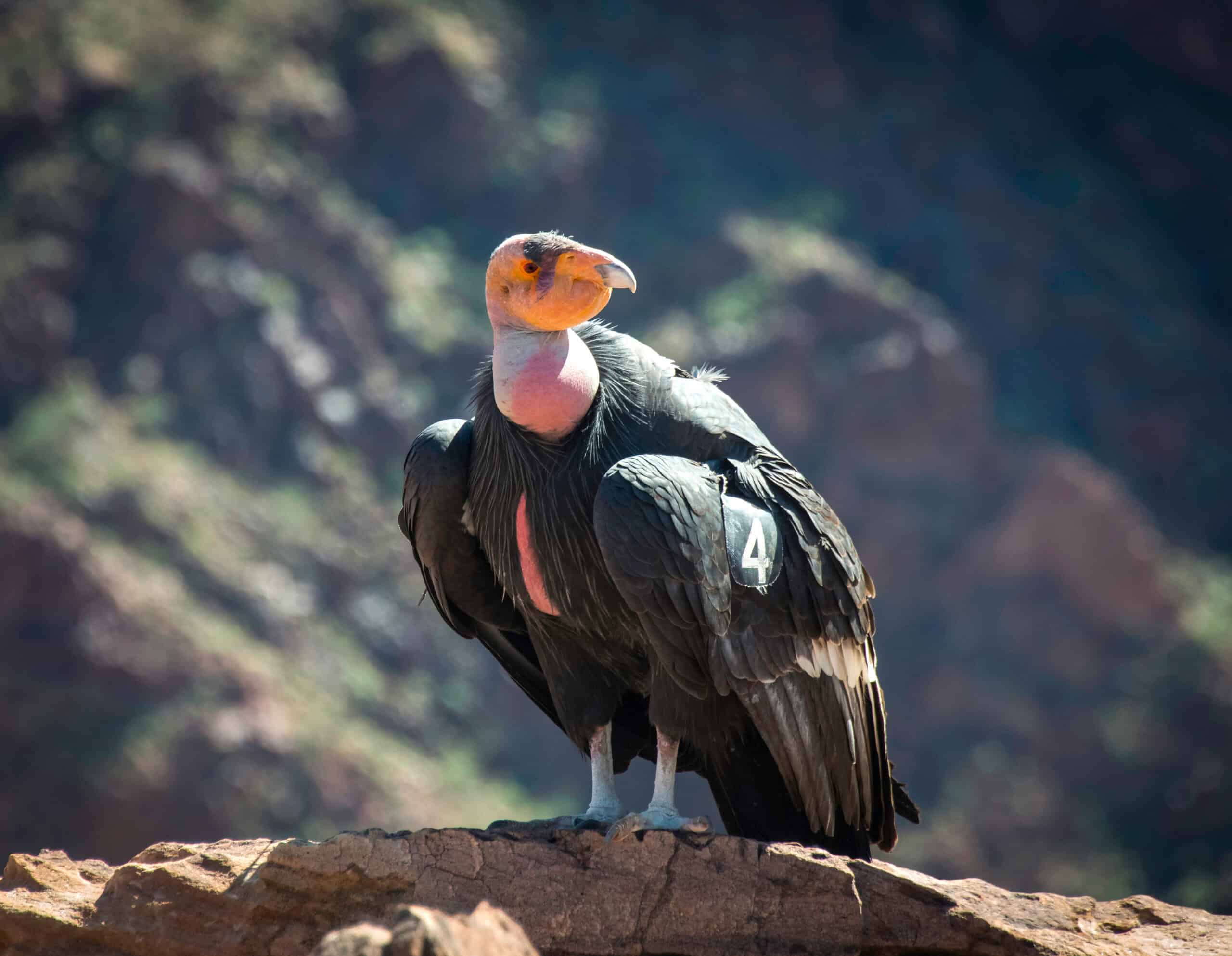
The California Condor, with its impressive 9-foot wingspan, is one of the largest flying birds in the world and one of the most endangered. Fewer than 600 individuals exist, with a significant portion living in captivity. Once widespread across North America, the California Condor’s population plummeted due to lead poisoning, microtrash ingestion, habitat destruction, and poaching. By the 1980s, the species was nearly extinct, with only 27 individuals remaining. Through extensive conservation efforts, including a captive breeding program and the reintroduction of individuals into the wild, the California Condor population has slowly rebounded. However, ongoing threats such as lead poisoning from spent ammunition and habitat loss continue to jeopardize their recovery. Conservationists are working to address these issues through public education, policy changes, and habitat protection, but the California Condor remains a symbol of the challenges faced in conserving critically endangered species.
San Joaquin Kit Fox

The San Joaquin Kit Fox, the smallest fox species in North America, is critically endangered, with fewer than 7,000 individuals left in the wild. This species once ranged widely across the San Joaquin Valley in California but now survives in fragmented habitats due to extensive agricultural development, urbanization, and habitat destruction. The San Joaquin Kit Fox faces additional threats from pesticide use, which contaminates its prey, and disease. As an umbrella species, protecting the San Joaquin Kit Fox also benefits other species that share its habitat, making its conservation particularly important. Conservation efforts focus on habitat restoration, protecting native grasslands, and implementing measures to reduce human-wildlife conflict. Despite these efforts, the species remains at significant risk, and continued conservation actions are crucial to prevent its extinction.
Florida Panther
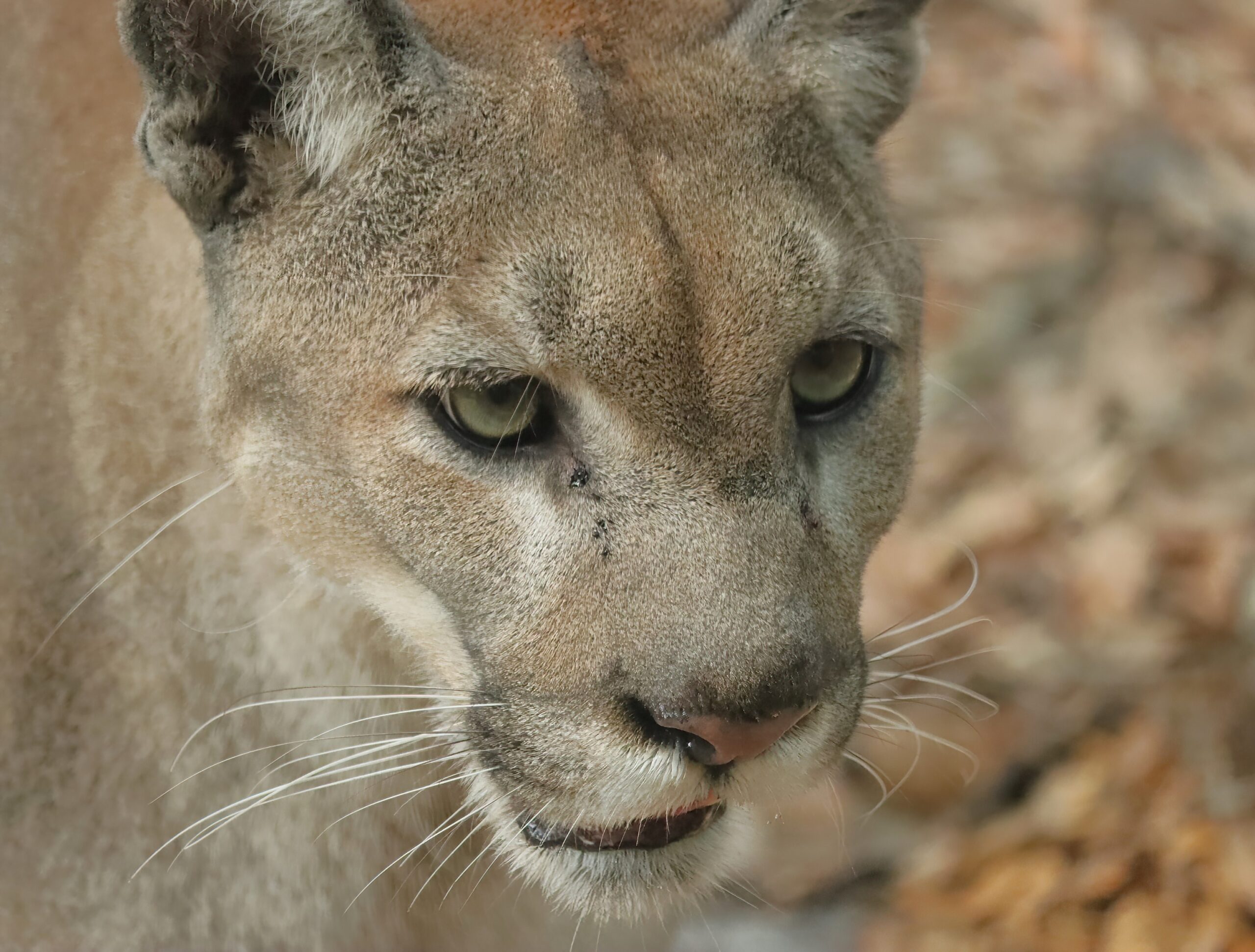
The Florida Panther is one of the most endangered mammals in the United States, with an estimated population of only 120-230 adults remaining in the wild. These panthers are confined to a small area in southern Florida, where they face significant threats from habitat loss, vehicle collisions, and genetic problems due to inbreeding. The Florida Panther plays a vital role in maintaining the balance of its ecosystem by controlling prey populations, but the fragmentation of its habitat has made it difficult for the population to expand. Conservation efforts have included the creation of wildlife corridors, the construction of wildlife crossings to reduce vehicle collisions, and captive breeding programs to enhance genetic diversity. Despite these efforts, the Florida Panther remains critically endangered, and its survival depends on continued habitat protection and public awareness.
Southern Resident Orca
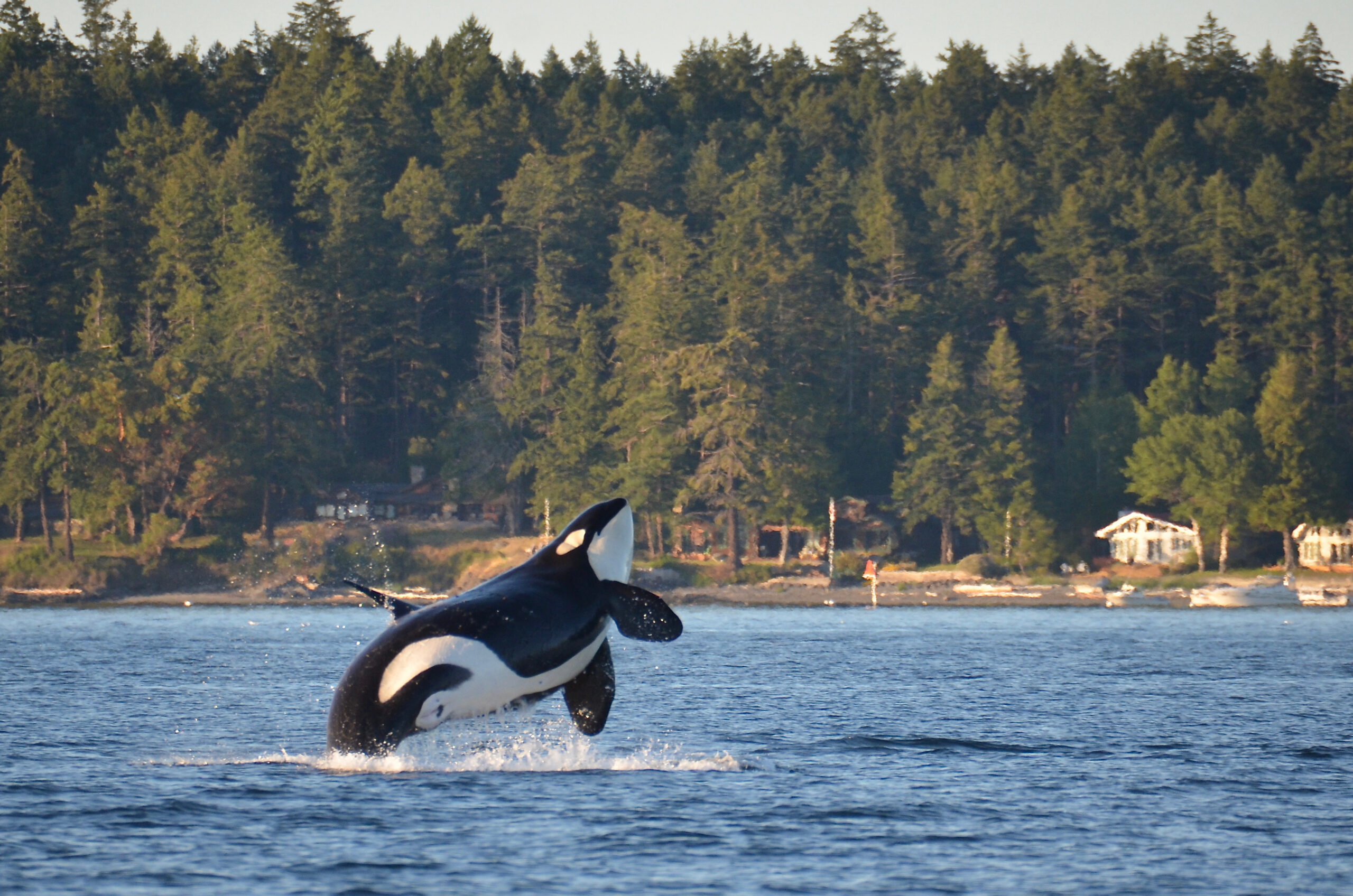
The Southern Resident Orca, a unique population of orcas found off the coasts of Washington, Oregon, and British Columbia, is critically endangered, with only 74 individuals remaining. These orcas are highly specialized, relying primarily on Chinook salmon for their diet, but the decline of salmon populations has led to malnutrition and starvation among the orcas. Additional threats include toxic pollution, which affects their health and reproductive success, and noise disturbance from vessels, which disrupts their ability to communicate and hunt. Conservation efforts focus on restoring salmon populations, reducing pollution, and protecting critical habitats. The Southern Resident Orca is also culturally significant to Indigenous communities in the Pacific Northwest, making its conservation a priority for both ecological and cultural reasons. Despite these efforts, the population remains at high risk, and continued action is needed to ensure their survival.
Tapanuli Orangutan
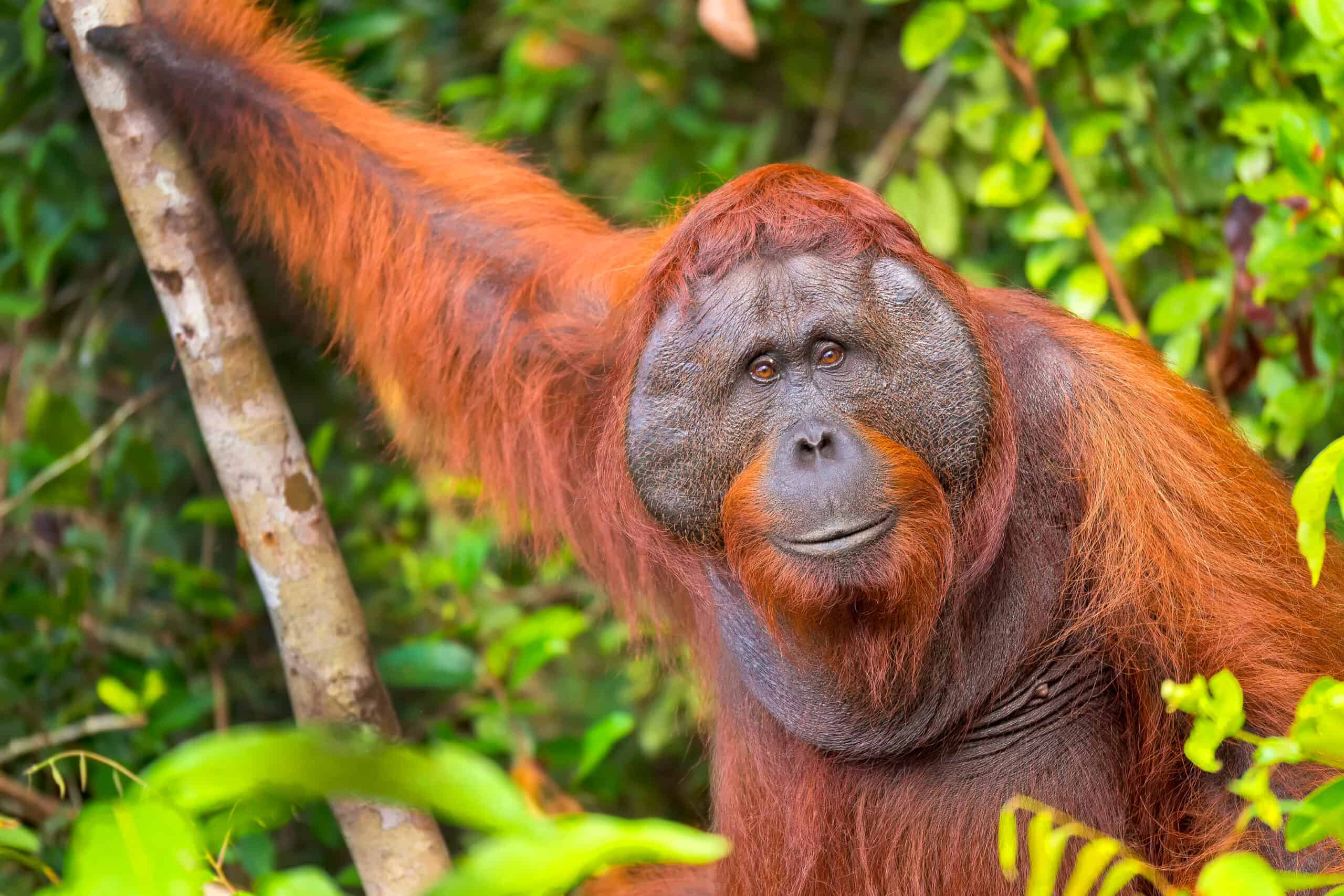
The Tapanuli Orangutan, discovered as a distinct species in 2017, is the most endangered great ape in the world, with fewer than 800 individuals remaining. This critically endangered species is confined to the Batang Toru forest ecosystem in North Sumatra, Indonesia. Habitat loss due to agricultural expansion, mining, and infrastructure development poses significant threats to the Tapanuli Orangutan. The species is also at risk from hunting and human-wildlife conflict as its habitat becomes increasingly fragmented. Conservation efforts focus on protecting the remaining habitat, preventing further deforestation, and supporting local communities in sustainable development practices. The survival of the Tapanuli Orangutan is critical not only for the species itself but also for the preservation of the unique biodiversity of the Batang Toru ecosystem. Without immediate and effective conservation actions, this newly discovered species could disappear within a few decades.
Yangtze Finless Porpoise
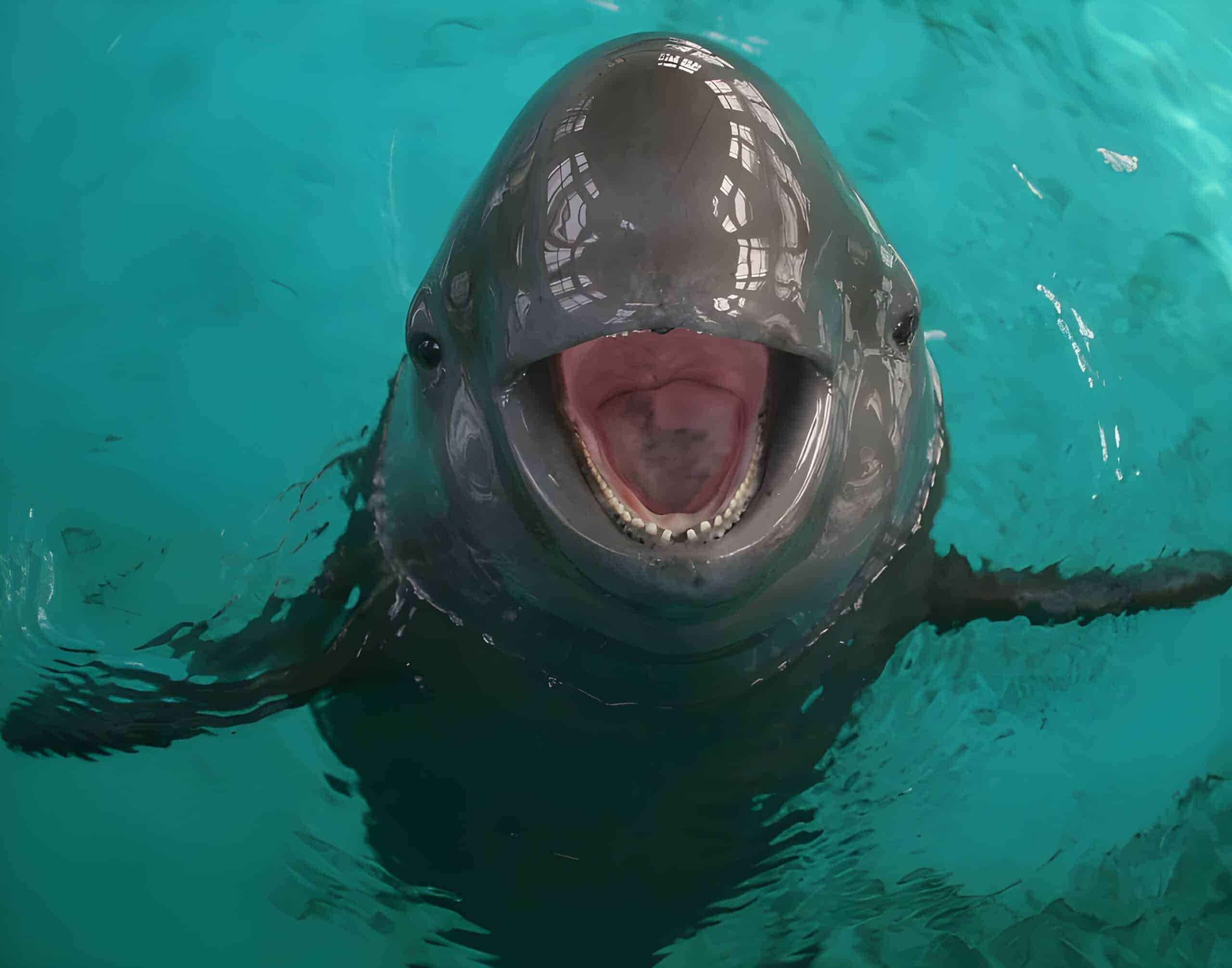
The Yangtze Finless Porpoise is the only living freshwater porpoise in the world and is critically endangered, with an estimated population of around 1,000 individuals. This porpoise inhabits the Yangtze River in China, a region that has been heavily impacted by environmental degradation, overfishing, and pollution. The Yangtze River once supported a diverse array of aquatic life, but many species have been driven to extinction or near extinction due to human activities. The Yangtze Finless Porpoise is now the last remaining porpoise species in the river, making its conservation particularly urgent. Efforts to protect the porpoise include habitat restoration, pollution control, and the establishment of protected areas within the river. Despite these efforts, the species remains at significant risk, and continued action is needed to prevent its extinction and ensure the health of the Yangtze River ecosystem.
Black Rhino
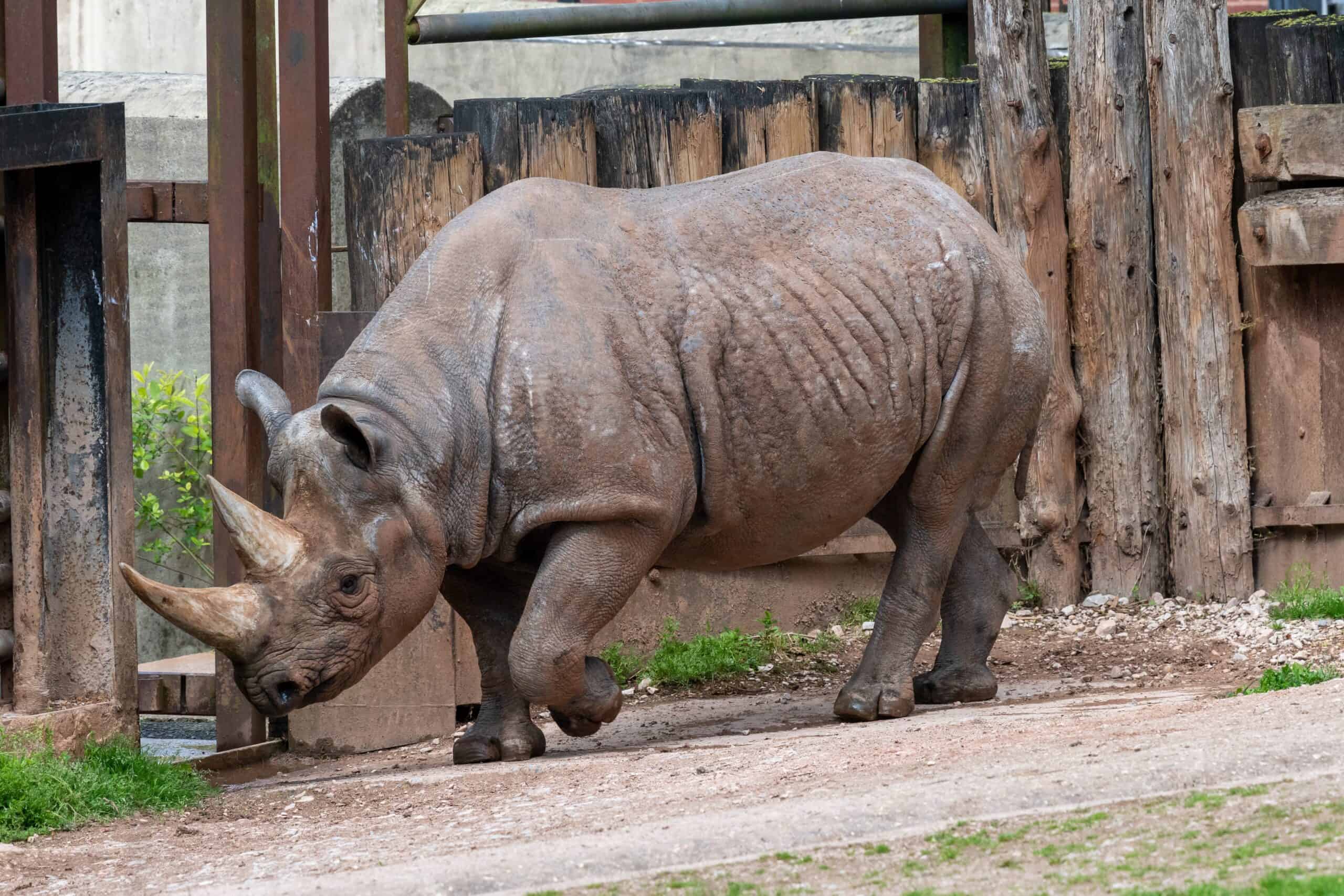
The Black Rhino is one of Africa’s most iconic yet critically endangered species, with only around 5,630 individuals remaining in the wild. Between 1960 and 1995, the Black Rhino population plummeted by 98% due to large-scale poaching driven by demand for rhino horn in traditional medicine markets. Although conservation efforts have led to a doubling of the population since the 1990s, the species remains critically endangered, with poaching continuing to pose a significant threat. Black Rhinos are important for maintaining the ecological balance in their habitats, particularly in savanna ecosystems where they play a role in shaping vegetation patterns. Conservation initiatives include anti-poaching patrols, habitat protection, and translocation to safer areas to spread the population across multiple locations. The survival of the Black Rhino is a testament to the effectiveness of targeted conservation efforts, but the ongoing poaching crisis means that their future remains uncertain.
This article originally appeared on Rarest.org.
More from Rarest.org
Skyscrapers are marvels of modern engineering and design, standing tall as symbols of human innovation and progress. Read more.
The universe is full of mysteries waiting to be uncovered, and recent advancements in technology and research have led to some of the most fascinating space discoveries ever made. From the detection of gravitational waves to the first image of a black hole, these groundbreaking findings have expanded our understanding of the cosmos. Read more.
Exploring ancient ruins offers a unique window into the past, allowing us to marvel at the ingenuity, culture, and history of ancient civilizations. Read more.

